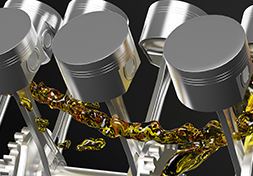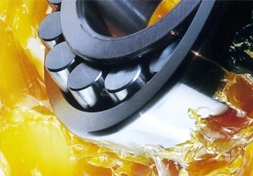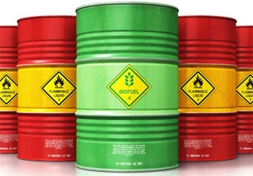After years of accumulation, the Shanghai Research Institute of Sinopec Lubrican...
detailsThere are many factors that affect the blending quality of lubricating oil. The blending efficiency of blending equipment and the quality of blending components directly affect the quality of the blended lubricating oil. The influence of lubricating oil process and operation factors on the quality of lubricating oil products after blending is mainly analyzed here.
1. Accurate measurement of components
Accurate metering is very important for both gap blending and continuous blending. Accurate metering is the guarantee of the correct ratio of each component when feeding. Accurate measurement of component flow is crucial for continuous blending. Inaccurate flow measurement will lead to imbalance of component ratios, which in turn affects the quality of blended products.
2. The water content of the components
The water in the component will directly affect the turbidity of the blended product and the appearance of the lubricating oil, and sometimes cause the hydrolysis of some additives, which will reduce the use of additives effect, so moisture should be prevented from being mixed into the components.
3. Air in the component
The presence of air in the component neutralization system is unavoidable and very harmful to blending. The presence of air may not only promote the reaction of additives and the deterioration of oil products, but also cause inaccurate measurement of components due to the presence of air bubbles, affecting the correct ratio of components.
4. The temperature of the blending components
Choose an appropriate blending temperature. Too high temperature may cause oxidation or thermal deterioration of lubricating oil and additives, while lower temperature may cause poor flow properties of components. And the effect of influence, generally 55-65 ℃ is appropriate.
5. Dilution of additives
Some additives are very viscous and must be melted and diluted before use to prepare a proper concentration of additive mother solution, otherwise it may affect the uniformity of the blending and the measurement. accuracy, but the additive mother liquor should not add too much diluent, so as not to affect the product quality of lubricating oil.
6. Cleanliness of blending system
Solid impurities in the blending system and base oils and additives that are not blended components are all contamination to the system and may cause poor quality of blended products. Qualified, so the lubricating oil blending system should be kept clean. From an economic point of view, the possibility of adjusting only one product in a system is extremely small, so the pollution of the system by non-harmonized components is unavoidable. Oils of similar quality and variety are blended in a system to ensure the quality of blended products.
7. Stirring time
The stirring time should be reasonably determined according to the size of the blending kettle, the amount of blended materials, the heating temperature, and the stirring method. If the stirring time is too short, the mixing is not uniform enough; If the time is too long, the energy consumption is large.







